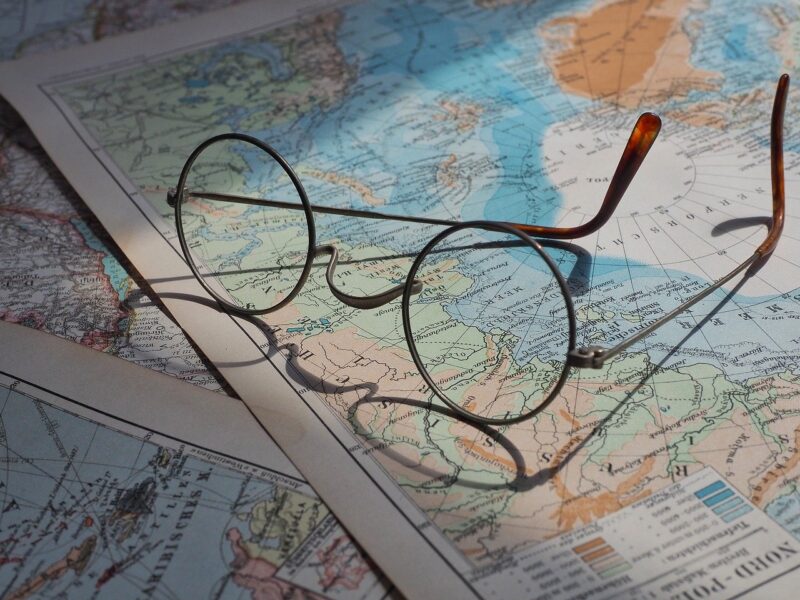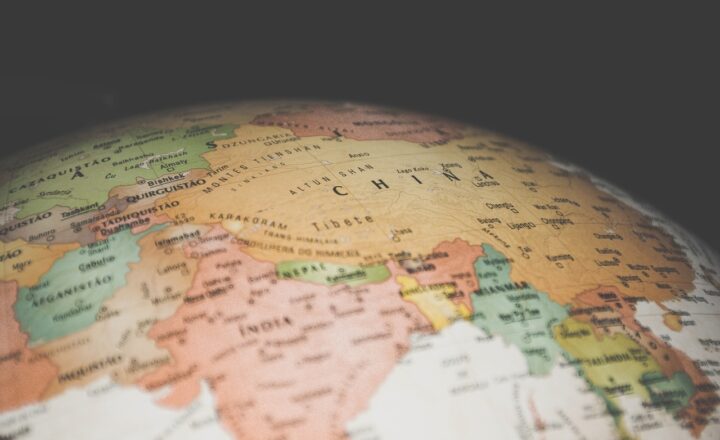How Humans Have Used Maps Throughout History to Explore the World and Discover Hidden Secrets
November 17, 2024

Maps have played a pivotal role in the evolution of human exploration and understanding of the world around us. From ancient cave drawings to the sophisticated satellite imagery of today, maps have guided civilizations, helped shape cultures, and ensured our survival as a species. Understanding the history of maps is essential to appreciate how they have influenced human civilization and our quest for knowledge.
1. The Origins of Mapping
The history of mapping dates back thousands of years to early human civilizations. The oldest known map is the Babylonian World Map (circa 600 BCE), which depicted the known world from a Babylonian perspective. It illustrates the Euphrates and Tigris rivers along with surrounding regions, signifying that even early societies sought to understand their geographical context.
Maps were not just tools for navigation; they also had religious and cultural significance. Ancient Egyptians employed maps in temple murals, depicting the afterlife and celestial navigation, indicating the social and spiritual importance of geography.
2. Mapping in the Age of Discovery
During the Age of Discovery (15th to 17th centuries), map-making underwent a revolutionary transformation. Explorers like Christopher Columbus, Vasco da Gama, and Ferdinand Magellan relied heavily on maps to navigate uncharted territories. The advent of the print revolution enabled the dissemination of maps across Europe, leading to a surge in exploration and colonization.
– Cartographers like Gerardus Mercator developed projection techniques that rendered the three-dimensional Earth onto a two-dimensional surface. Mercator’s projection, introduced in 1569, became the de facto standard for navigational maps, prioritizing angles for better navigability.
– These new maps represented not just land, but also routes over oceans, allowing sailors to traverse vast expanses of sea. Through map-making, these explorers discovered trade routes and uncovered new realms of knowledge, exchange, and wealth.
The impact of cartography during this period transcended mere navigation; it shaped geopolitical boundaries and fostered cultural exchanges that resonated through generations.
3. The Role of Maps in Warfare
Maps have also played a significant role in warfare throughout history. Military leaders have utilized maps to strategize battles, manage territories, and execute military campaigns. A prime example is Napoleon Bonaparte, who was not only a military genius but also a keen cartographer. His maps of Europe aided his campaigns, demonstrating the importance of geographical awareness in achieving territorial dominance.
– The advent of more accurate maps during the 19th century, especially with the introduction of topographic surveys, increased military effectiveness. Both World Wars saw extensive use of maps, with specialized cartographic divisions producing detailed maps that assisted in strategic planning and troop movements.
Moreover, maps like the famous topographical maps created by Lewis and Clark during their expedition across North America opened up new lands and resources, highlighting the interconnection between mapping, exploration, and resource allocation.
4. Cartography and Scientific Discovery
Cartography has always relied on the advancement of science. The exploration of the Earth isn’t merely about the location of landmasses but also the understanding of geological, biological, and anthropological factors. As scientific methods progressed, especially during the Age of Enlightenment, map-making incorporated new discoveries in various fields.
– The use of astronomical techniques to fix positions improved the accuracy of maps, fundamentally changing our understanding of geography. Notable figures such as John F. Richards in the 18th century produced detailed maps that contributed to our knowledge of climate, flora, and fauna.
– Maps became instruments of scientific inquiry, allowing scientists to understand the correlation between landforms and ecological systems. The historical link between mapping and scientific discovery illustrates how exploration promotes intellectual growth and understanding of the planet.
5. Digital Cartography: The Modern Age
In the 20th and 21st centuries, cartography has evolved into an unprecedented stage, powered by digital technology. Geographic Information Systems (GIS) and satellite imagery have transformed how we create, use, and interpret maps.
– Today, mapping is not just about geographic placement. It encompasses layers of data, allowing users to perform analyses and conduct research on demographics, environments, and even socio-political landscapes.
– Moreover, mobile mapping applications have made navigation intuitive and accessible to everyone. Apps like Google Maps harness a wealth of data to guide users in real-time, merging mapping with everyday life.
Digital cartography raises ethical and practical considerations. With the ease of data generation and the reliance on technology, questions arise regarding privacy, data accuracy, and the potential for misuse.
6. The Future of Mapping
The future of mapping appears promising, with the integration of advanced technologies like augmented reality (AR) and artificial intelligence (AI). These technologies facilitate immersive experiences, where users can interact with geographical data in real time, visualizing changes and planning future endeavors more effectively.
– As we navigate uncharted territories—be it outer space or the depths of the oceans, adaptive mapping technologies will evolve to suit our exploratory needs. The quest for hidden treasures, remote civilizations, and geological features will persist as long as human curiosity thrives.
Mapping is vital for understanding our place in the universe, and bridging the gap between knowledge and the unknown.
Conclusion
Maps have been instrumental in shaping human history. From facilitating exploration, transforming warfare strategies, and enhancing scientific understanding, to navigating the digital era, mapping reflects humanity’s ceaseless quest for discovery. It’s a testament to our intellectual pursuits and an affirmation that understanding our world is as crucial as the exploration itself. As we advance toward the future, one thing remains clear—maps will continue to guide us on our enduring journey of exploration and discovery.
Whether through hand-drawn sketches of ancient navigators or sophisticated digital platforms, maps are not just tools; they are the story of humanity’s exploration, a fundamental part of our experience on Earth.







